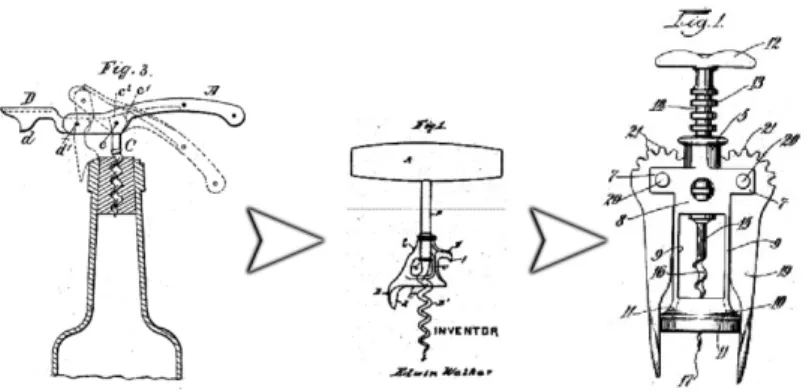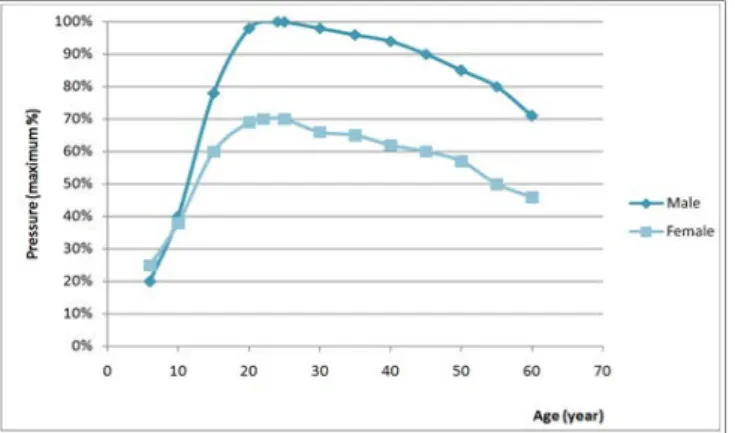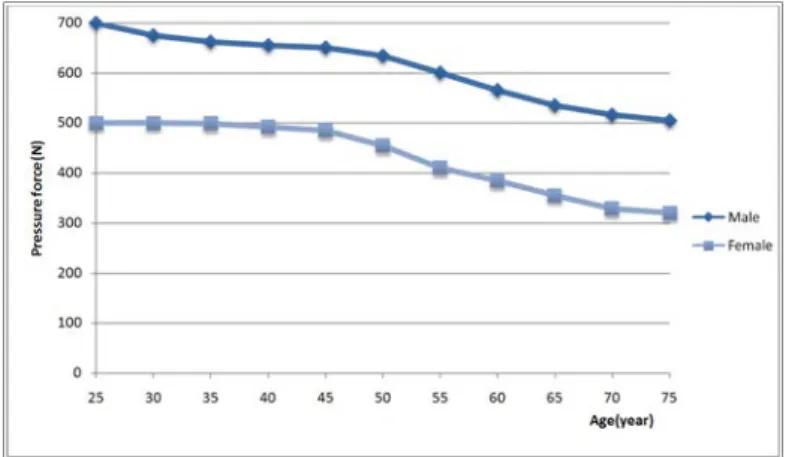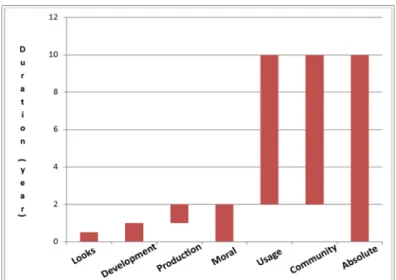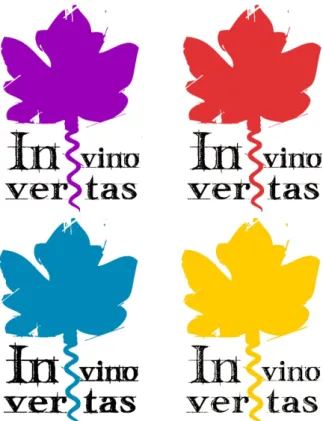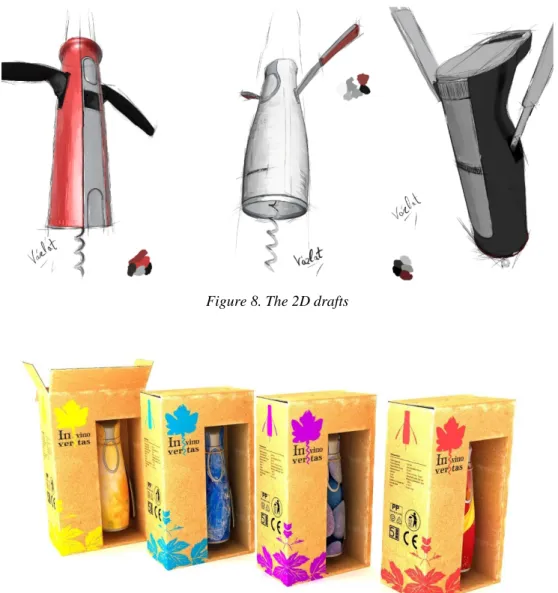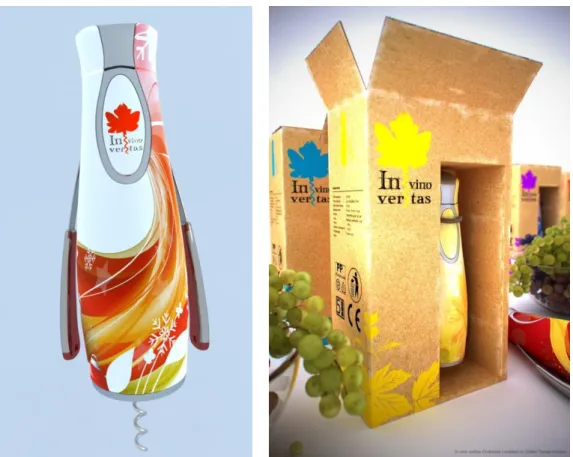But without science and technology you cannot solve any problem.”
Ede Teller
Design is a (kind of) creative activity, the main objective of which is to define the characteristics of the designed machines or products. These characteristics are not just the outside features of the machines but also the fundamental structural and functional parts of them. The quality of the design is determined by several factors like the harmony between the cultural, the technical, the economic and most of all the functional aspects of the design and the flow between the aforementioned categories. The goal of the design is to create a colourful quality of the objects in their whole lifecycle. So the designer is not only responsible for defining the product concept, but also has to pay attention to the mechanical computations, regulations of the law, producability etc.
1. Introduction
Our everyday life is full of difficulties, so we need moments of harmony and tranquillity that can mean a glass of wine with friends, but to do that, we need a good wine and the perfect corkscrew. So the following question is answered: Why the design a corkscrew?
This paper tries to give an answer to the question what is the ideal shape and appearance of a corkscrew.
The product design – the art of shapes – creates the connection between the object and the user of the object. At the same time, it defines the usage of the object, so it becomes an integral part of our lives. The quality of these objects reflects the way we perceive our environment.
2. Market Research
The development of different objects, tools, the design development, the process of the change are specific forms of evolution, which are influenced by one's own will. First of all the culture history of the corkscrew will be presented in this chapter than the evolutionary aspect of the shape will be considered. The chapter also presents the common ancestors of the introduced shape from which today's modern corkscrew can be derived.
Figure 1. Famous Corkscrew Types (left to right) 'Butler's Friend' by C. Wienke, Walker Bell by E. Walker, Double Winged Lever Corkscrew by D. Rosati
The thesis has striven for uniqueness in the technical and design aspects of the object but also puts great emphasis on the designs be in harmony with nature as well. During the design of the product to the ecological design criteria was also payed attention such as the material selection, the efficiency of materials, energy and the use of technology, reversibility, long life, and upgradability.
Taking the environmental aspects of the design into consideration were the product packaging materials and packaging techniques chosen. Because of the characteristic of the product the ergonomic approach were combined with the experience from the market mainly the hands-on needs were examined and that is why I made different versions of the product.
Type Weight (kg) Weight (N)
T-Corkscrew 22 Kg 215–245 N
Single Lever Corkscrews 18 Kg 176–206 N
Double Winged Lever Corkscrew 12 Kg 117–147 N
Temperature at the start of the experiment: 22 °C Temperature at the end of the experiment: 22°C Moisture at the start of the experiment: 50%
Moisture at the end of the experiment: 51%
Figure 2. Data from the experiment
The best circumstances for the design were examined, evaluated and proved with measurements and finite element calculations. Then they were modelled with a 3Dmodeler software and animations were made from the product.
3. Ergonomics
Ergonomics is the study of the interaction between people and machines and the factors that affect the interaction. Its purpose is to improve the performance of systems by improving human machine interaction. This can be done by ‘designing-in’ a better interface or by
lifting was determined.
Figure 3. Age and gender effect to maximum applicable pressure
Figure 4. Beginning of tiredness and pain according to the percentage of elbow strength Physical effort spreads in an optimal way across the surface of one’s palm when the grip of the tool used has contact with a great area of the fingers and the cushioned parts of the palm. To achieve this, relatively thick, curved “wings” are required. These wings should have a flat surface, fit the palm and follow the curves of the grasping fingers. The push- and-pull force and the gripping surface area are the most important ergonomic features of a
corkscrew. Between the best and the worst corkscrews the necessary strength hand the surface of fitting fingers and palm scan vary by 100%, which results in only a quarter of the pressure on the palm tops in the best case.
= concerned gripping surface. degree of fit
entire gripping surface
The maximum palm force achievable depends greatly on the distance of the corkscrew’s wings. Due to different hand sizes, the optimum is about 70 mm for men and 60 mm for women. Shorter and longer distances can significantly decrease the maximum force one can muster. Trendy slim and curved grips are often so close to each other that one’s fingers can get stuck in between. Only tools with proper wing distances are worth being designed to avoid it. Also, the two wings grasped in the hands should be thick enough, so that the fingers cannot clench them fully. A full clench can lead to the fingertips and nails constantly be crashed to the palm.
Figure 5. Age factor to the maximum applicable pressure differentiating between genders 3.2. Conclusion
Today the importance and bloom of product ergonomics have several reasons, for example, it is getting more recognition from the economy and this has been created the marketing based design. Furthermore the clamp-down regulations also helped the development of the product ergonomics. Nowadays designers put much more emphasis on satisfying the needs of niche segments like elderly or disabled people. Also ergonomics has become a social norm so more and more people demand it, which leads to more studies on the subject and also more products based on these studies.
4. Eco-design
Waste management and preventing pollution are the basic motives of environmental protection parties but these strategies only mean to minimalize or prevent some kinds of effects but ignoring the design of the object. The eco-friendly design put the process of the
Most important features of the Kenneth Crow life cycle design:
• Analyzability
• Usability
• Trustworthy
• Reparability
• Eco-friendly design
• Improvability
• Mounting
• Safety and product responsibility
• Ergonomic human characteristics
Figure 6. The assumed lifecycle of the screwdriver
5. Concept and design
5.1. Logo as a symbol
When the logo came to be designed, besides the function of the corkscrew the main aspect was its eco-friendly message. The grape leaf positioned above the letters and the wavy line running down to the letters evoke plant ornament but it can also be associated with the corkscrew or the connection of leaves to the grapevine or even the letter “i” in the Latin word “veritas”.
Grapes and a grape leaf have a rich symbol system, Sumerian cuneiform script marked the word life with a sign resembling a grape leaf. It frequently appears in Roman art: its meaning is abundance and joy. This symbolism can be connected to Bacchus (the Roman equivalent of Dionysus). He is the god of vine, sexuality, fertility even pleasure and expressiveness. According to a Jewish tradition, the tree in Eden was a grapevine.
The Bible has Noah, the father of humanity after the flood, as the first man to cultivate grapevines. The name of Deucalion (the “Greek Noah”) literally means “New Wine Sailor”. Grape coming from the Land of Promise meant the possibility of new life for the Jews. Christians believes that wine is the blood of Jesus.
Figure 7. The designed logo
Figure 8. The 2D drafts
Figure 9. Eco-Friendly Pack Concept
Figure 10. The 3D model Figure 11. The final concept Acknowledgement
This research was supported by the European Union and the State of Hungary, co-financed by the European Social Fund in the framework of TÁMOP-4.2.4.A/2-11/1-2012-0001 ‘National Excellence Program’.
References
[1] Bridger, R. S.: Introduction to Ergonomics.1995.
[2] Moser M.–Pálmai Gy.: A környezetvédelem alapjai. Felsőoktatási tankönyv, 2006.
[3] Herczegfi K.–Izsó L.: Ergonómia. Typotex Kiadó, Budapest, 2010.
[4] Schischke K.–Hagelüken M.–Steffenhagen G.: Bevezetés az Öko-Design Stratégiáiba – Miért, mit és hogyan? Berlin, 2005.
M. GERGELY Acceleration Bt.
mihaly_gergely@freemail.hu
K. JÁRMAI Department of Materials Handling and Logistics University of Miskolc
H-3515 Miskolc-Egyetemváros, Hungary altjar@uni-miskolc.hu
I. KEREKES Department of Mechanics
University of Miskolc,
H-3515 Miskolc-Egyetemváros, Hungary mechker@uni-miskolc.hu
T. KOLLÁNYI Rábaparti Kft.
kollanyi.t@gmail.com
F. J. SZABÓ Department of Machine- and Product Design University of Miskolc
H-3515 Miskolc-Egyetemváros, Hungary machszf@uni-miskolc.hu
A. SZILÁGYI Department of Machine Tools Universityof Miskolc
H-3515 Miskolc-Egyetemváros, Hungary szilagyi.attila@uni-miskolc.hu
University of Miskolc, Department of Research Management and International Relations Responsible for publication: Prof. Dr. Tamás Kékesi
Miskolc-Egyetemváros
Published by the Miskolc University Press under leadership of Erzsébet Burmeister Editor: Dr. Ágnes Takács
Number of copies printed: 49 Put to Press in 2013
Number of permission: TNO – 2013 – 40 – ME HU ISSN 1785-6892
